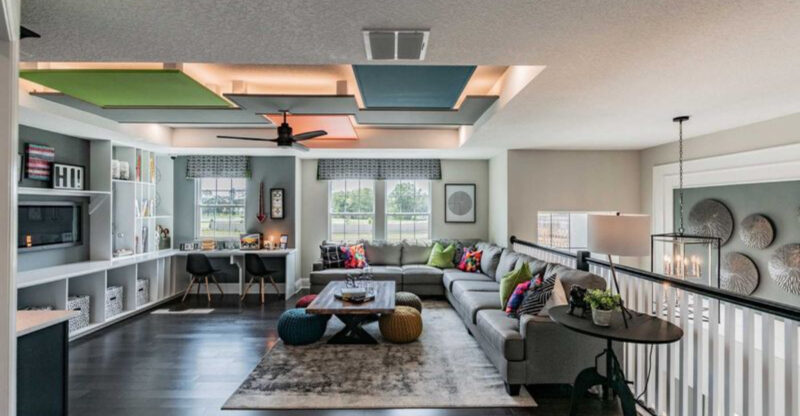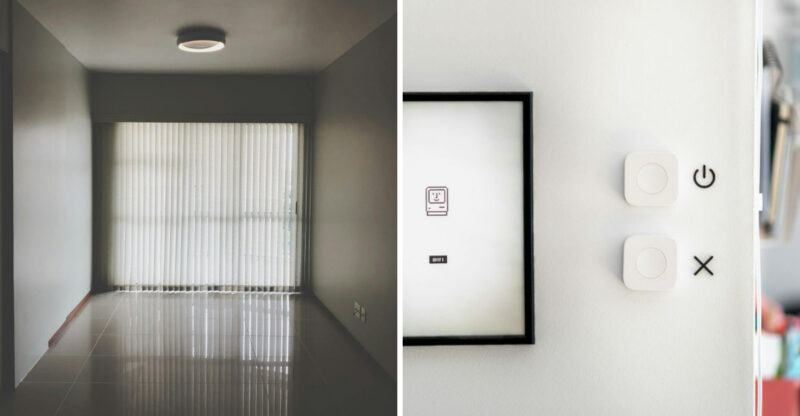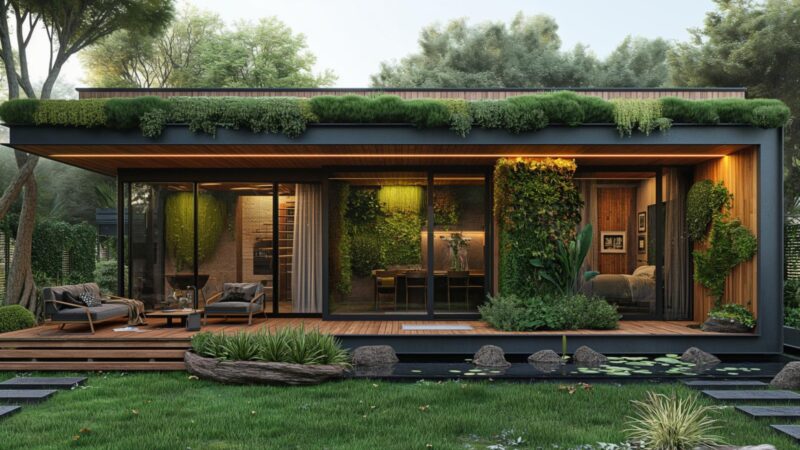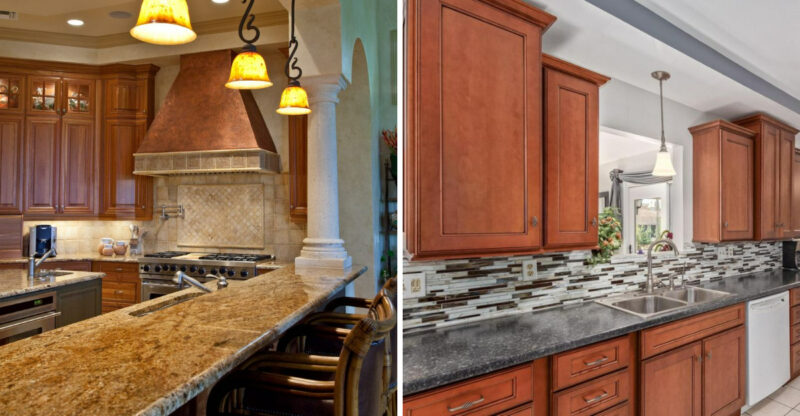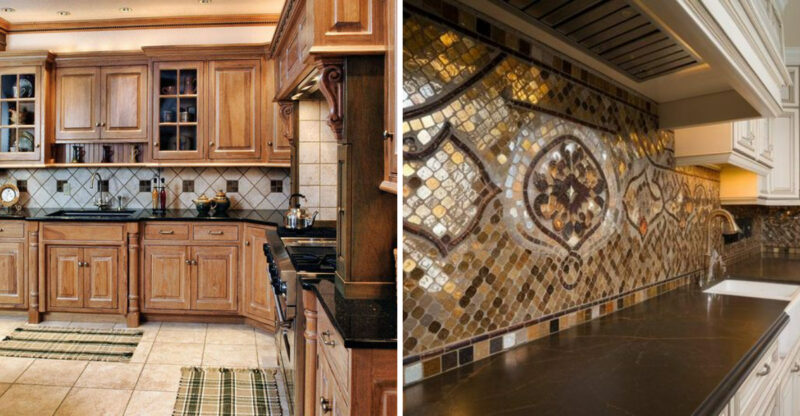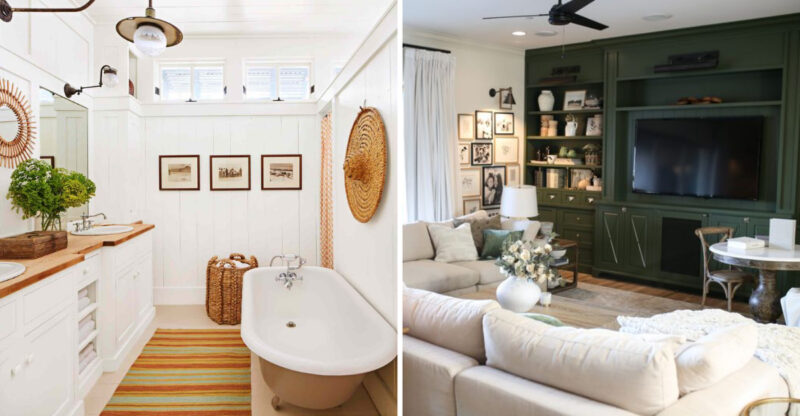Tucson’s Changing Architecture: 17 House Designs Likely To Fade By 2030
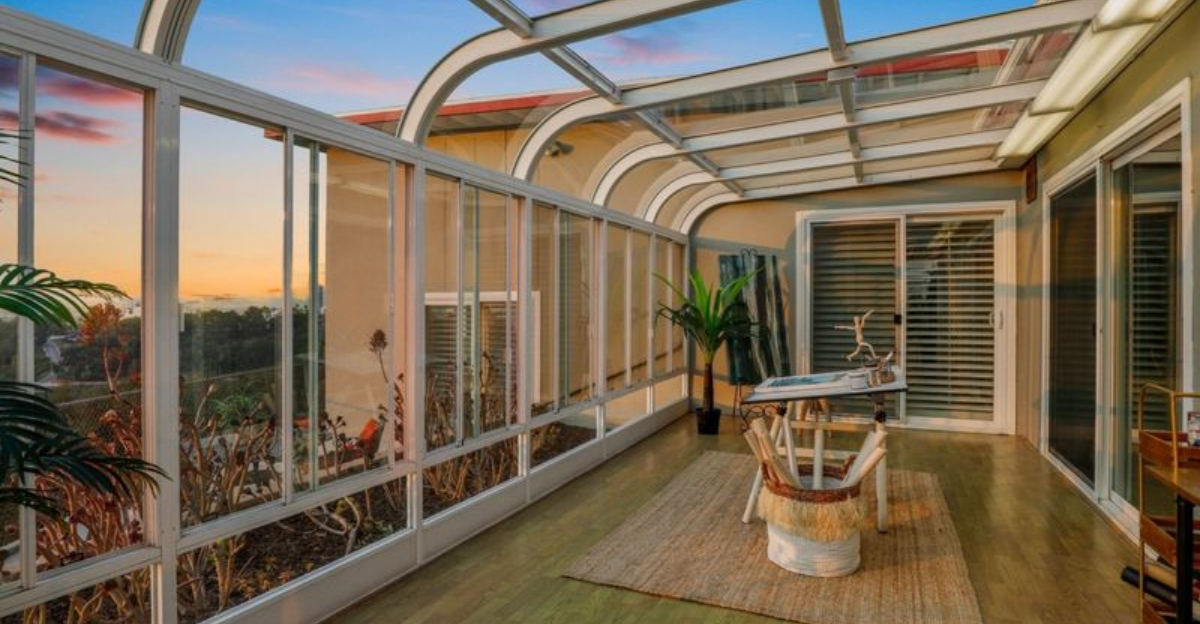
Tucson’s architectural landscape is shifting faster than desert sand in a monsoon storm.
From iconic adobe styles to Mediterranean influences, many home designs that once defined our neighborhoods are gradually disappearing.
Climate concerns, changing tastes, and practical living needs are reshaping what Tucson homes will look like in the coming years. Let’s explore which classic house designs might become rare sights by 2030.
1. 1970s Brutalist Concrete Boxes
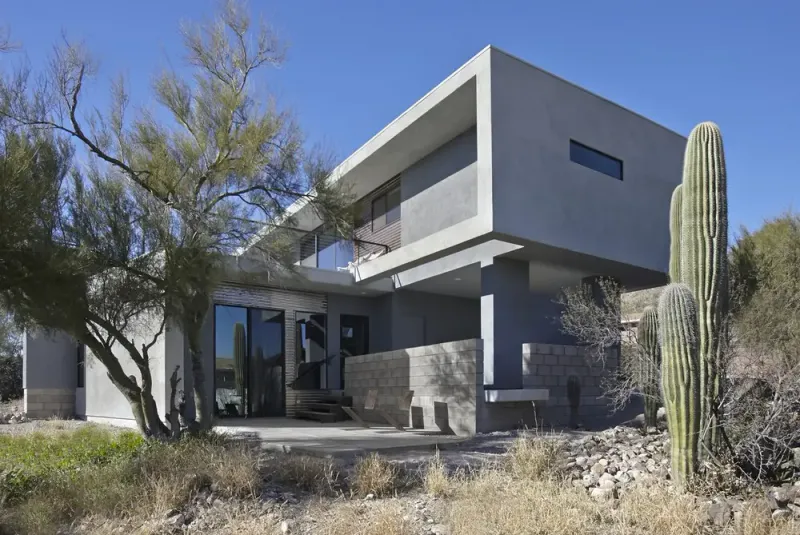
Remember those stark, fortress-like homes with tiny windows and massive concrete walls? These imposing structures once represented modern minimalism, but their days are numbered in Tucson’s evolving landscape.
The extreme heat absorption of concrete makes these homes energy nightmares in our desert climate. Residents tire of the prison-like aesthetics and hefty cooling bills that come with them.
New owners frequently demolish or dramatically renovate these properties, adding windows and softening harsh lines. By 2030, finding an untouched brutalist home will be like spotting a rare desert tortoise technically possible but increasingly uncommon.
2. Heavy Stucco Mediterranean Estates
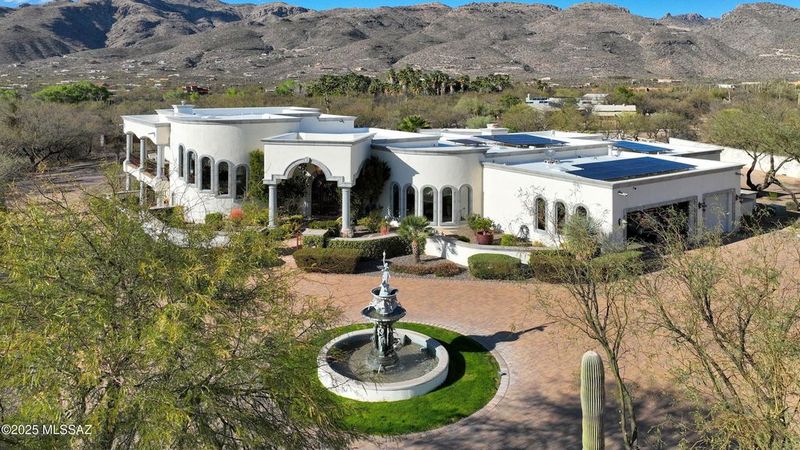
Those massive stucco mansions with ornate columns and heavy Mediterranean detailing are falling out of favor fast. Once status symbols in upscale Tucson neighborhoods, these homes require extensive maintenance that newer homeowners aren’t willing to undertake.
Water scarcity makes their thirsty landscaping impractical, while their enormous footprints feel wasteful to sustainability-minded buyers. The formal, compartmentalized floor plans clash with modern preferences for open, flexible spaces.
Younger homeowners view these structures as energy-inefficient dinosaurs from a bygone era. Watch for these estates to undergo significant streamlining renovations or face the wrecking ball as Tucson embraces more climate-appropriate architectural styles.
3. Oversized Southwestern Adobe Revival
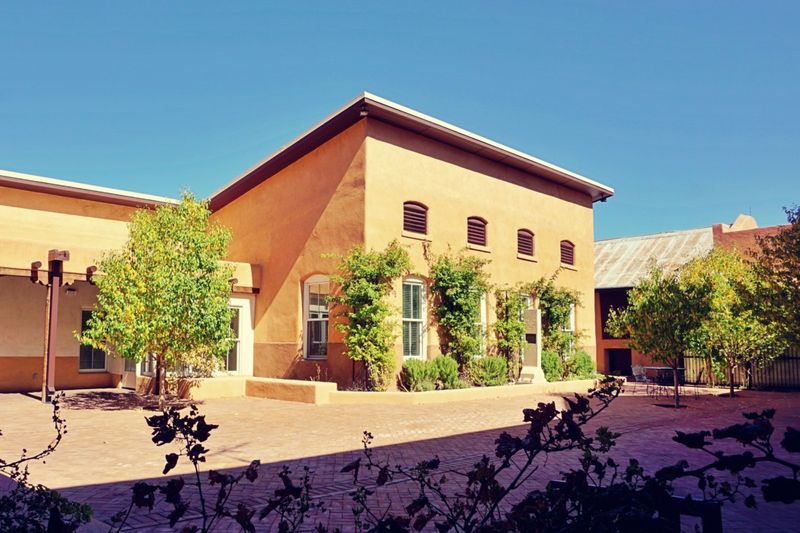
Gigantic faux-adobe homes with exaggerated Southwestern features are losing their appeal in Tucson’s housing market. These McMansions with their theatrical pueblo styling often miss the authentic charm and practical wisdom of true adobe construction.
While genuine adobe homes remain cherished for their thermal properties, these oversized imitations typically use conventional framing with a cosmetic adobe look. They feature unnecessarily large rooms that waste energy and create cavernous spaces that feel disconnected.
Homebuyers increasingly recognize the difference between authentic regional architecture and these theatrical interpretations. As housing priorities shift toward authenticity and efficiency, expect these oversized adobe-look homes to undergo significant downsizing or stylistic updates.
4. Dark Brown Wood-Clad Ranches
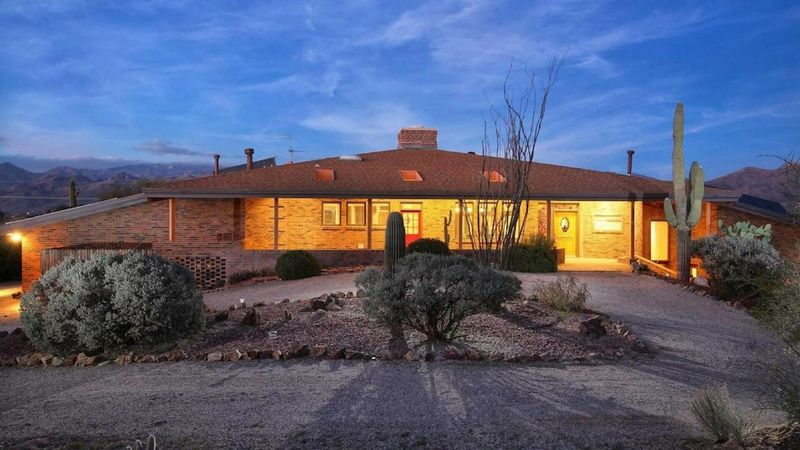
Dark-stained wood exteriors that dominated Tucson’s ranch homes in the 1980s and 90s are rapidly disappearing from our neighborhoods. These somber facades absorb tremendous heat in our punishing desert sun, making them energy efficiency disasters.
Homeowners discover that maintaining these wood exteriors requires constant vigilance against sun damage, warping, and fading. The dark color schemes create gloomy interiors that feel smaller and more confined than they actually are.
As homes get repainted in lighter colors or reclad entirely, these chocolate-brown ranches are becoming rare sights. Climate consciousness alone will likely eliminate most remaining examples by 2030, as lighter colors can reduce cooling costs by up to 20% in our desert environment.
5. Low-Pitched Ranch Homes
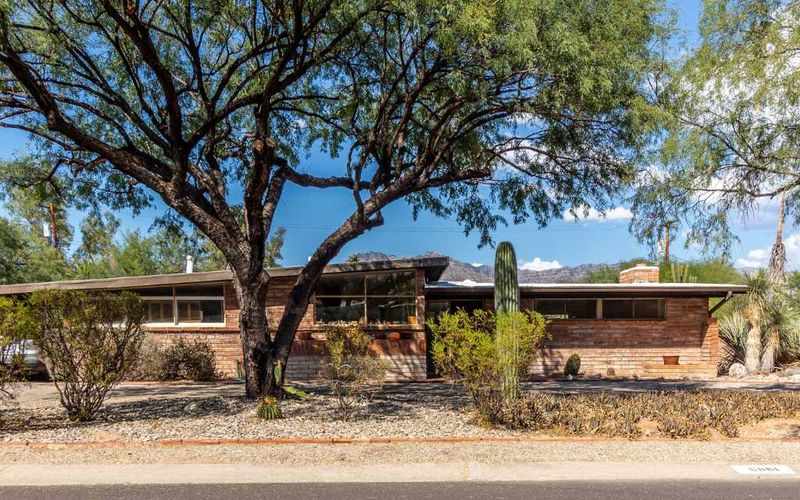
Those classic low-slung ranch homes with barely-there roof pitches are facing extinction in Tucson’s residential landscape. While they defined suburban development for decades, their flat-ish roofs create serious practical problems in our monsoon climate.
Water pooling leads to chronic leaks and expensive repairs, while the minimal attic space limits insulation options. During heavy summer storms, these homes are particularly vulnerable to water damage that can destroy ceilings and walls.
Smart homeowners are raising roof pitches during renovations to improve drainage and create more insulation space. The trend toward solar panel installation also favors higher-pitched roofs that capture more sunlight. By 2030, finding an original low-pitched ranch will become increasingly difficult as practical concerns drive redesigns.
6. Split-Level Suburban Designs
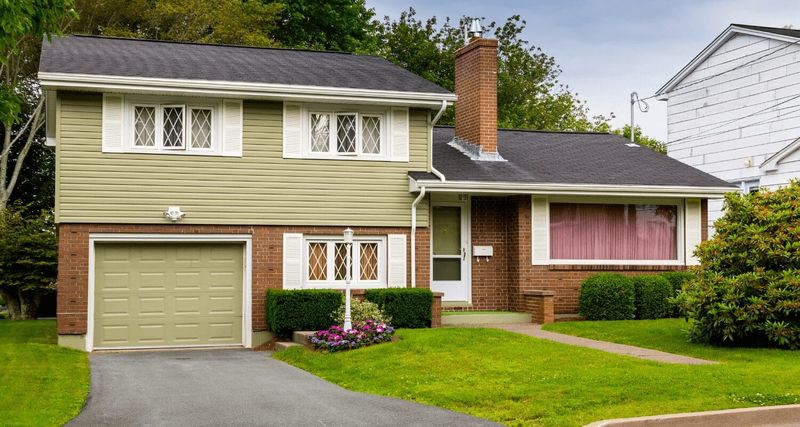
Split-level homes with their awkward half-flights of stairs between living areas are quickly losing favor in Tucson’s housing market. Once considered innovative, these designs create accessibility nightmares for aging residents and families with young children.
The choppy floor plans feel dated compared to today’s preference for open, flowing spaces. Their compartmentalized rooms make natural light distribution uneven and create heating and cooling inefficiencies that drive up utility bills.
Renovation costs for these homes often exceed their market value, making them candidates for complete rebuilds. As Tucson’s population ages and demands more accessible housing options, expect these multi-level designs to disappear from new construction entirely and existing examples to undergo radical floorplan revisions.
7. Circular Driveway-Focused Layouts
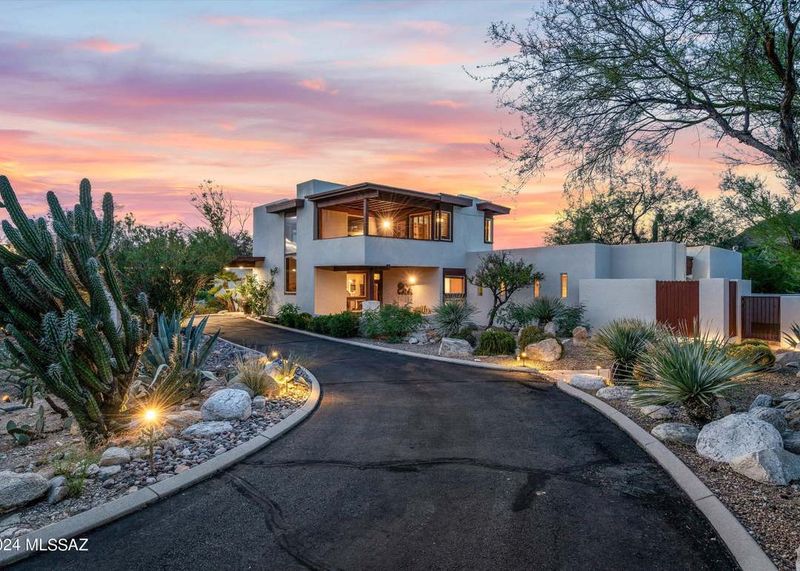
Homes designed around grand circular driveways are falling out of fashion across Tucson neighborhoods. These car-centric layouts waste valuable outdoor living space and require excessive water for maintaining decorative center islands.
Modern homeowners prefer utilizing front yards for desert landscaping, community connection, or productive gardens rather than vehicular showpieces. The formal, showy nature of circular drives feels increasingly disconnected from Tucson’s casual, environmentally-conscious lifestyle.
Water conservation concerns make maintaining these thirsty features impractical as xeriscape ordinances tighten. Forward-thinking homeowners are already converting these spaces into courtyard gardens or outdoor living areas. By 2030, expect most circular driveways to be reimagined as more sustainable, people-centered spaces.
8. Overly Ornate Spanish Tile Roofs
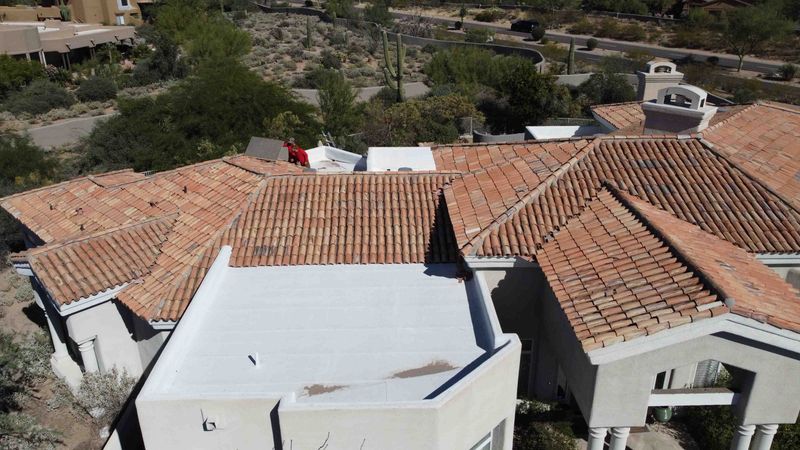
Elaborate Spanish tile roofs with multiple decorative elements are becoming endangered architectural features in Tucson. Though beautiful, these complex rooflines create serious maintenance headaches in our extreme desert conditions.
Tiles crack under intense sun exposure and temperature fluctuations, while complicated roof valleys collect debris and create leak-prone areas. The weight of these roofs makes them dangerous in earthquake zones and expensive to repair when damaged.
Homeowners increasingly opt for simplified tile patterns or modern alternatives that mimic the look with better durability and lower weight. Sustainable metal roofing with reflective coatings delivers similar aesthetics with superior performance. As practicality trumps purely decorative features, expect these ornate roofs to simplify dramatically or disappear entirely from Tucson’s skyline.
9. Carpeted Formal Dining Rooms
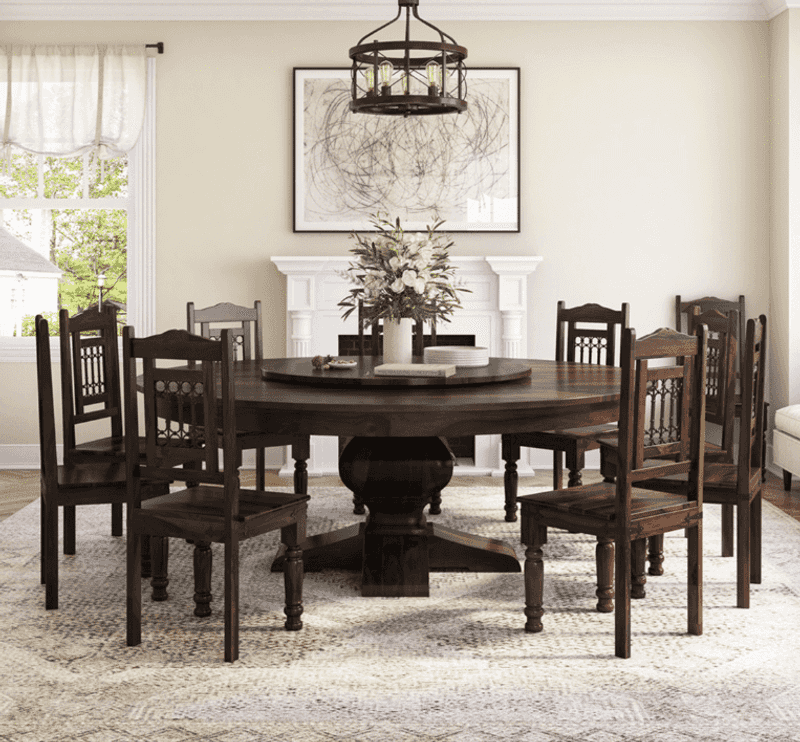
Dedicated formal dining rooms with wall-to-wall carpeting are rapidly vanishing from Tucson’s housing landscape. These single-purpose spaces feel wasteful to modern homeowners who prefer multipurpose areas that adapt to various needs.
Carpeting in dining spaces has fallen completely out of favor due to practical concerns about food spills and cleaning challenges. The desert’s dust and our casual lifestyle make formal dining spaces feel stuffy and disconnected from how people actually live.
Homeowners are knocking down walls to create flowing kitchen-dining-living areas with hard-surface flooring throughout. By 2030, finding a home with an original carpeted formal dining room will be like discovering a vintage time capsule an oddity from a different era of entertaining.
10. Popcorn-Ceiling Living Spaces
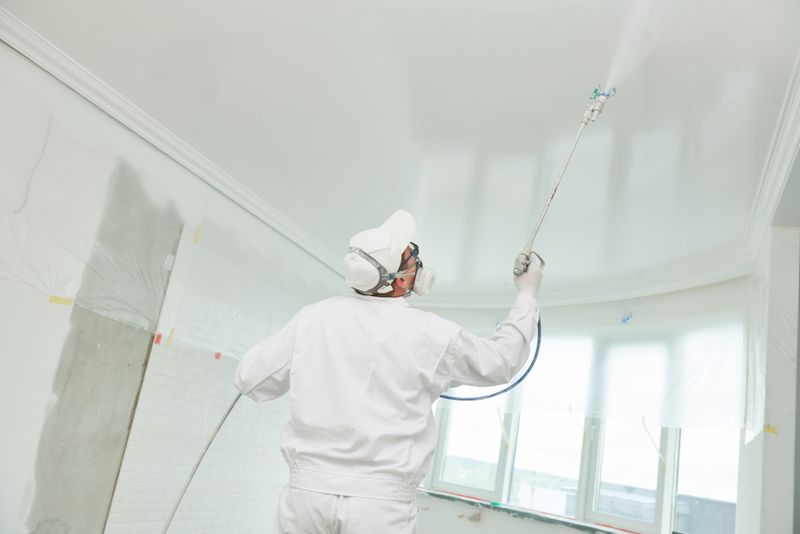
Those textured “popcorn” ceilings that dominated Tucson homes from the 1970s through 1990s are disappearing faster than summer rain puddles. Beyond their dated appearance, these bumpy surfaces collect dust relentlessly in our desert environment and create cleaning nightmares.
Health concerns accelerate their removal, as older installations may contain asbestos or harbor allergens that affect indoor air quality. The rough texture also reduces light reflection, making rooms feel darker and smaller than they actually are.
Homeowners eagerly scrape away these textured eyesores during renovations, replacing them with smooth surfaces or subtle modern textures. By 2030, popcorn ceilings will likely be completely absent from updated Tucson homes, relegated to vintage photographs and renovation “before” pictures.
11. Miniature Courtyard-Centric Plans
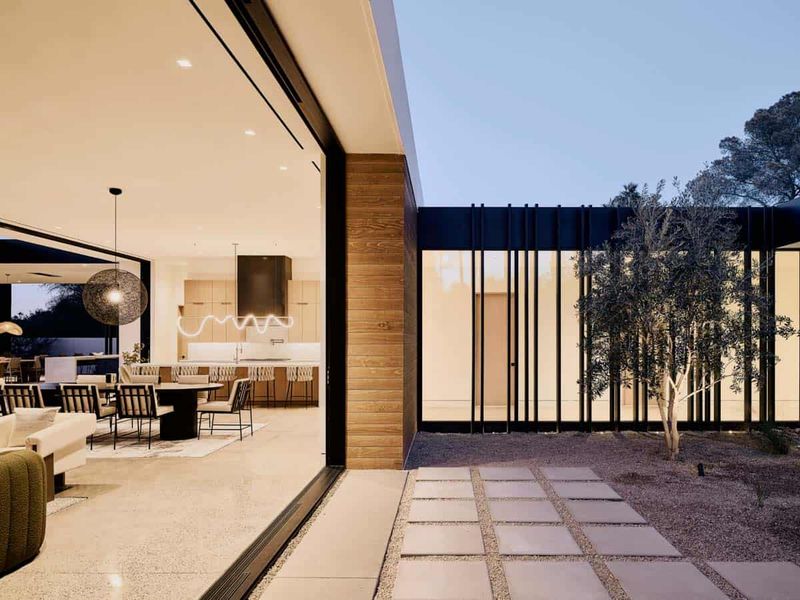
Tiny interior courtyards that sacrifice usable living space are losing popularity in Tucson’s residential architecture. While courtyards connect to our region’s Spanish colonial heritage, these miniaturized versions often feel like cramped afterthoughts rather than functional outdoor rooms.
Too small for proper furniture arrangements and lacking proper shade structures, these mini-courtyards become unused dead zones that homeowners struggle to maintain. They frequently create awkward circulation patterns that force people to walk through bedrooms to access common areas.
Forward-thinking renovations are absorbing these spaces into interior rooms or expanding them into proper outdoor living areas. The trend toward either genuinely spacious courtyards or completely interior layouts will likely eliminate these awkward in-between spaces from Tucson homes by 2030.
12. Faux-Timber Post & Beam Bungaloid
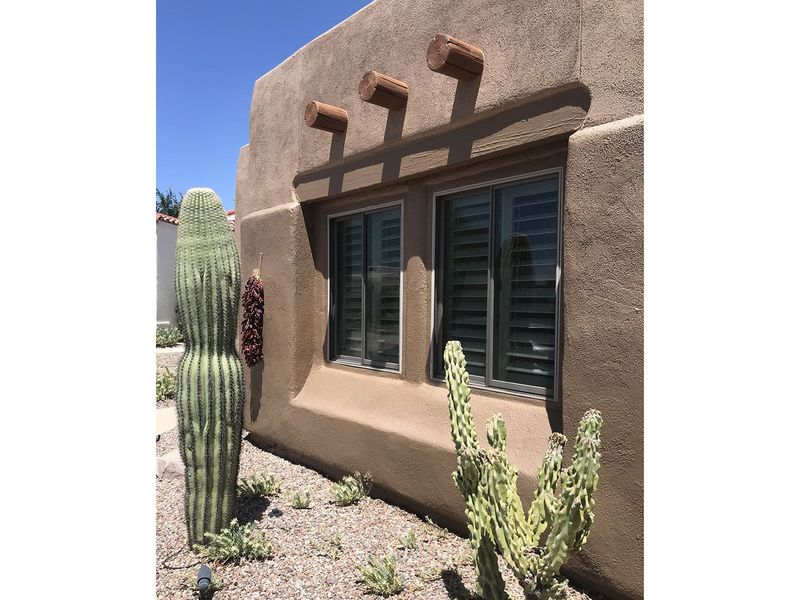
Those pseudo-craftsman homes with decorative faux wood beams are rapidly disappearing from Tucson’s architectural landscape. These imitation timber details, typically made from foam or hollow composites, quickly deteriorate under our intense desert sun.
Buyers increasingly recognize these homes as inauthentic interpretations of craftsman architecture that’s not native to our region. The maintenance requirements become burdensome as fake beams crack, warp and fade, requiring constant attention and repair.
Authentic regional architecture is making a comeback as homeowners seek designs with genuine connections to our desert environment. As these cosmetic embellishments fail, expect most homes to either embrace authentic structural elements or adopt cleaner, more honest modern designs that don’t rely on imitation materials.
13. Beige Monotone Color Schemes
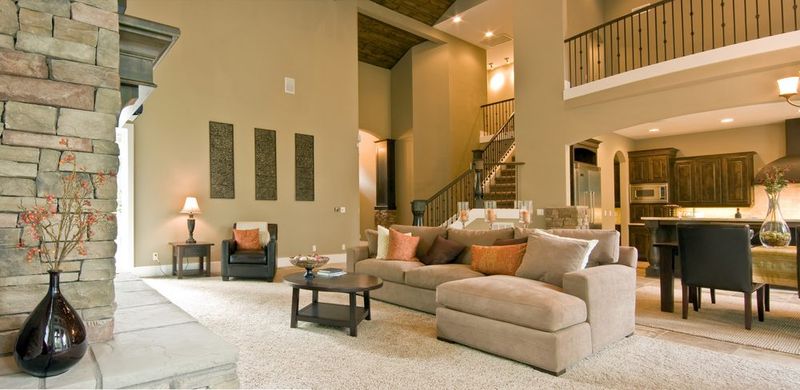
The sea of beige homes that once dominated Tucson neighborhoods is rapidly giving way to more vibrant, regionally appropriate color palettes. These one-dimensional color schemes were originally chosen for their inoffensive neutrality, but now read as bland and uninspired in our visually rich desert setting.
Homeowners discover that all-beige exteriors show dirt and dust more prominently, requiring frequent cleaning in our windblown environment. The lack of contrast makes architectural details disappear, flattening interesting design elements into a forgettable mass.
New color trends incorporate desert-inspired hues from sage greens to terra cottas that connect homes to the landscape while hiding dust. By 2030, expect Tucson’s neighborhoods to showcase much more colorful and regionally authentic palettes as the beige era fades into memory.
14. Arizona Room Enclosures
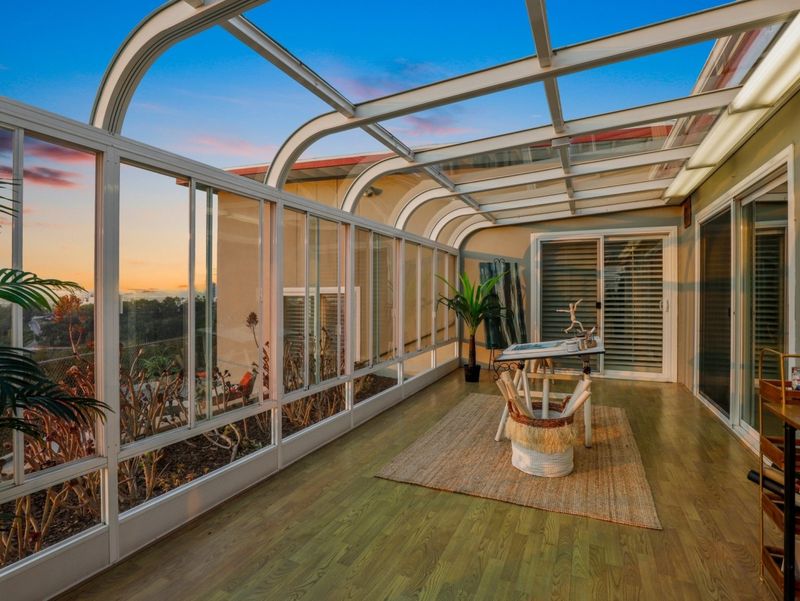
Those hastily enclosed patios known as “Arizona rooms” are vanishing from Tucson homes faster than summer visitors in August. Often poorly constructed afterthoughts, these spaces typically lack proper insulation, HVAC connections, or integration with the home’s architecture.
Homeowners discover these rooms become unusable greenhouses in summer and freezing zones in winter. The mismatched windows, flimsy construction, and awkward access points make them energy drains rather than valuable living spaces.
Modern renovations are either removing these enclosures entirely to restore outdoor living areas or rebuilding them as properly designed, fully-integrated room additions. As energy efficiency standards tighten, expect these improvised enclosures to disappear completely, replaced by thoughtfully designed indoor-outdoor spaces that function year-round.
15. Small Windowed Casita Additions
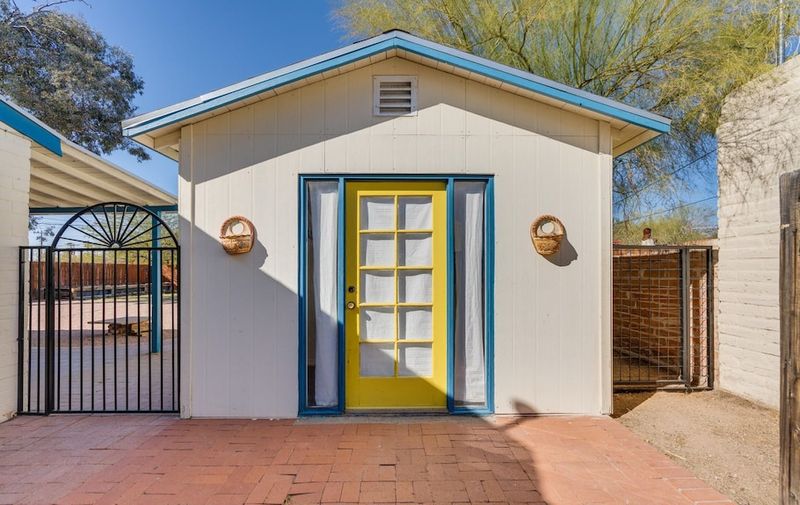
Tiny, poorly-lit casita additions with minimal windows are becoming endangered features in Tucson’s residential landscape. Originally built as quick solutions for guest quarters or home offices, these claustrophobic spaces feel disconnected from our abundant natural light and views.
Modern home buyers expect auxiliary spaces to offer the same quality and connection to outdoors as primary living areas. The dark, cave-like feeling of these minimally fenestrated additions creates spaces that feel unwelcoming and psychologically oppressive.
Forward-thinking homeowners are renovating these spaces with larger windows, sliding glass doors, and better integration with outdoor areas. By 2030, expect most remaining casitas to be dramatically opened up or completely rebuilt to create brighter, more connected spaces that embrace our desert’s greatest asset – abundant sunshine.
16. Rustic Log-Cabin Style Facades
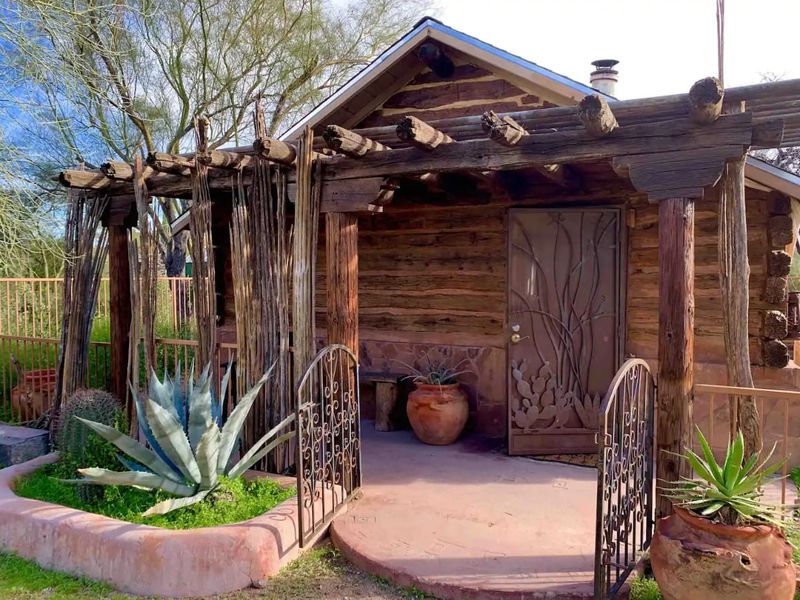
Log cabin-inspired homes stick out like pine trees in a saguaro forest across Tucson neighborhoods. These architectural transplants from mountain regions make little sense in our desert environment, both aesthetically and practically.
Wood exteriors require constant maintenance against our intense sun, while the heavy, dark materials absorb heat and raise cooling costs dramatically. The rustic aesthetic feels disconnected from our Sonoran Desert context and indigenous building traditions.
Climate-conscious homeowners are modifying these structures with desert-appropriate materials and lighter colors that reflect rather than absorb heat. As regional authenticity becomes more valued, expect these mountain-inspired designs to undergo significant transformations or disappear entirely from Tucson’s architectural landscape by 2030.
17. Decorative Metal Grille Gates at Entrances
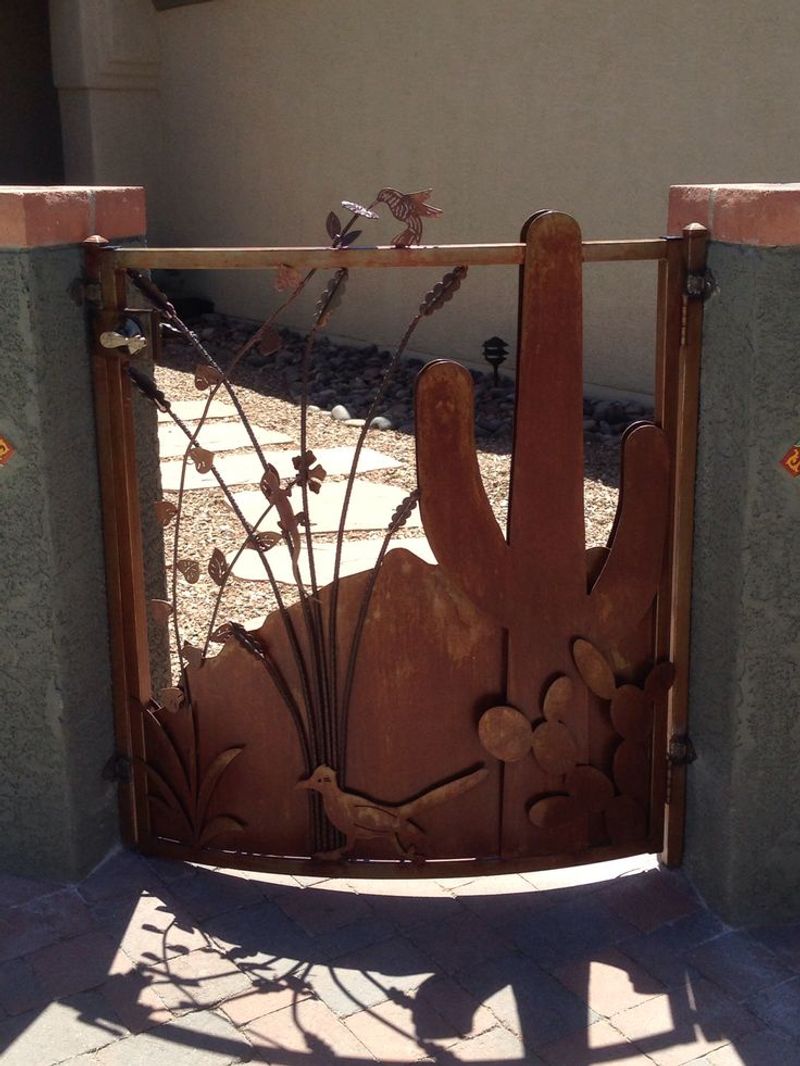
Elaborate wrought iron security gates with ornate scrollwork are rapidly disappearing from Tucson home entrances. Once status symbols suggesting Spanish colonial grandeur, these theatrical barriers now feel outdated and unwelcoming to younger homebuyers.
The maintenance requirements are substantial, as desert sun and monsoon moisture cause constant rusting issues. Many designs feature culturally appropriated motifs that feel increasingly inappropriate as awareness of authentic regional design grows.
Modern security concerns are better addressed through smart technology rather than imposing physical barriers. As Tucson embraces more community-oriented neighborhood designs, expect these fortress-like entrance features to be replaced with more subtle security measures and welcoming entry designs that balance privacy with connection.

